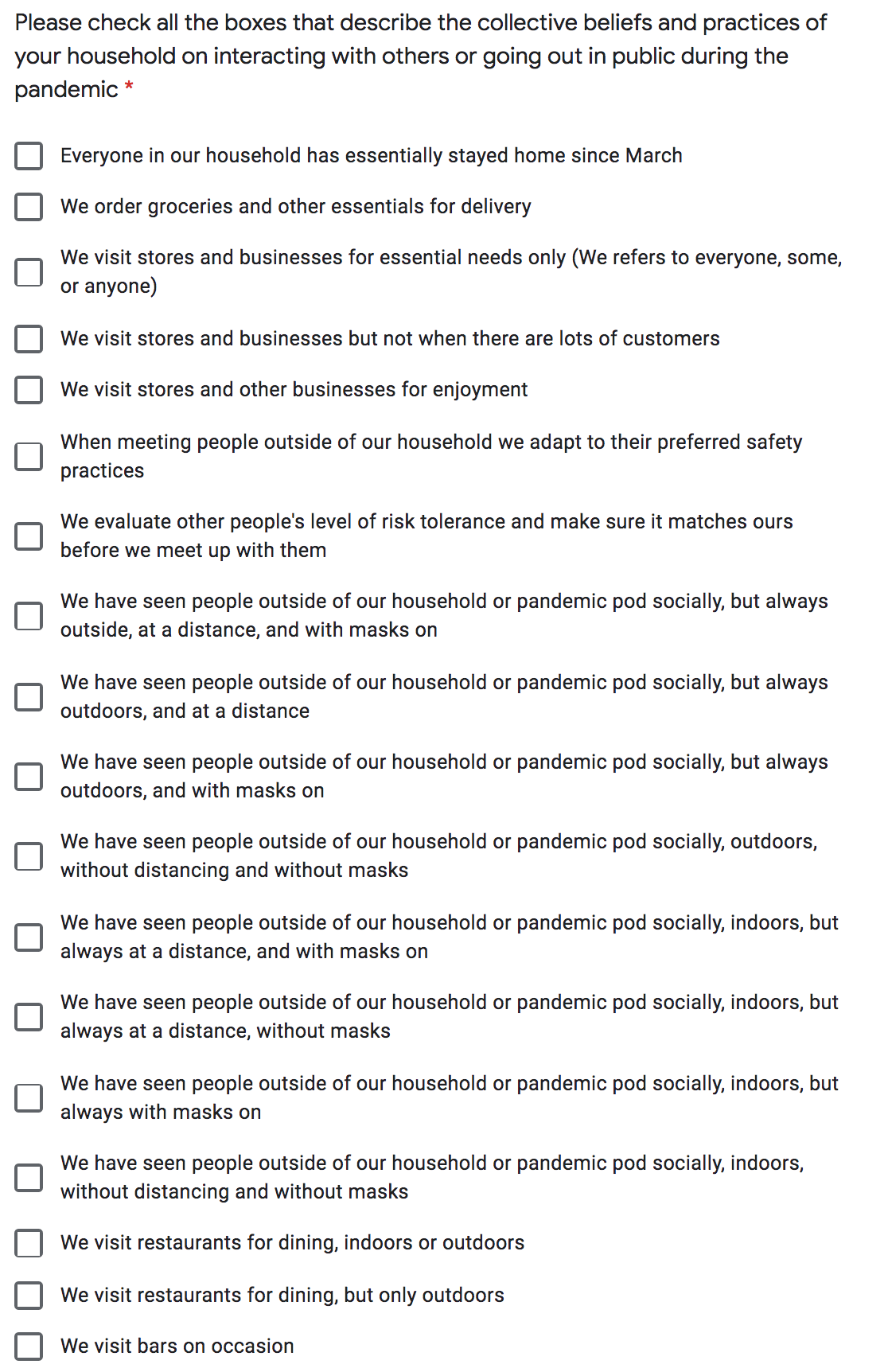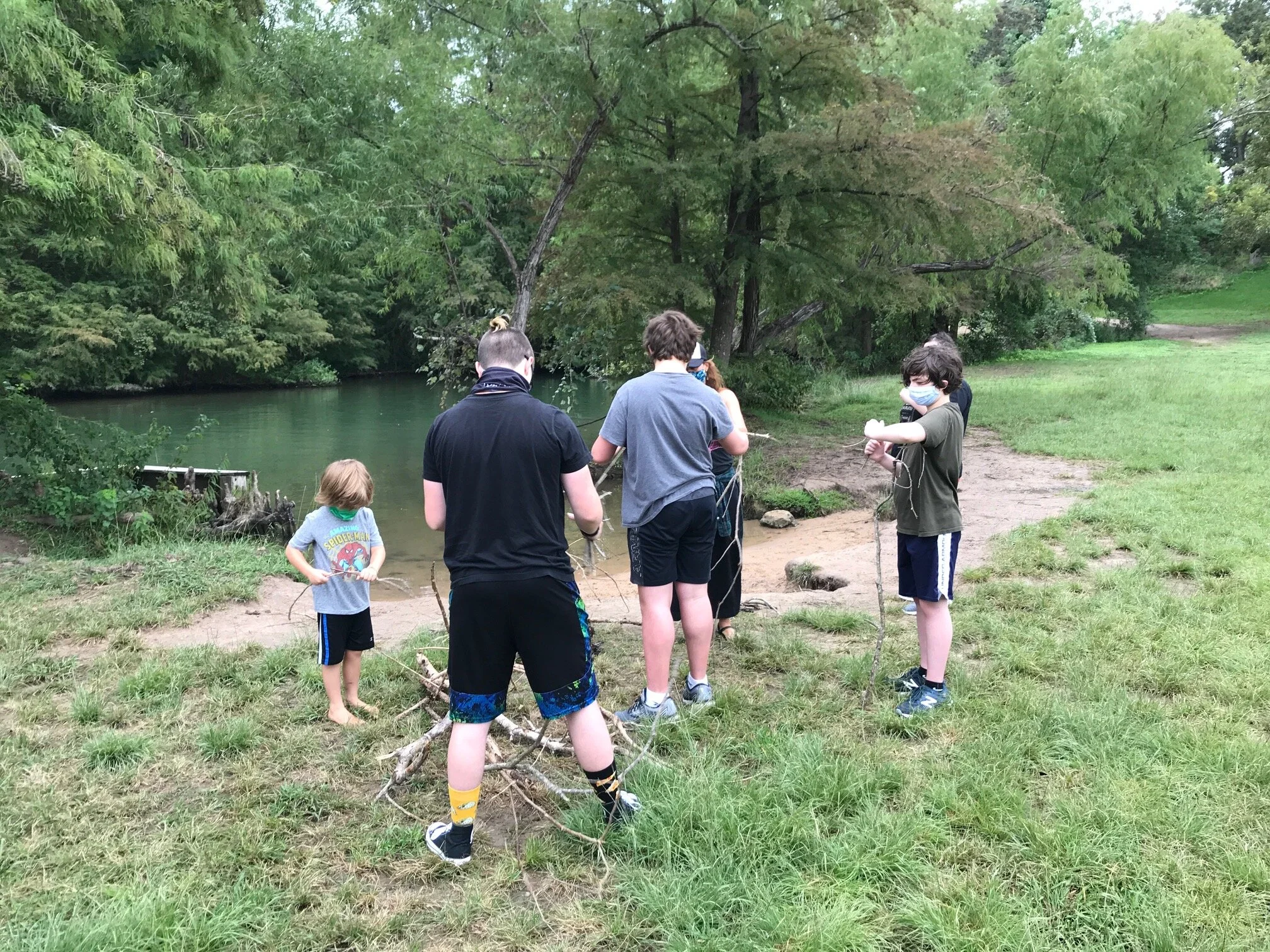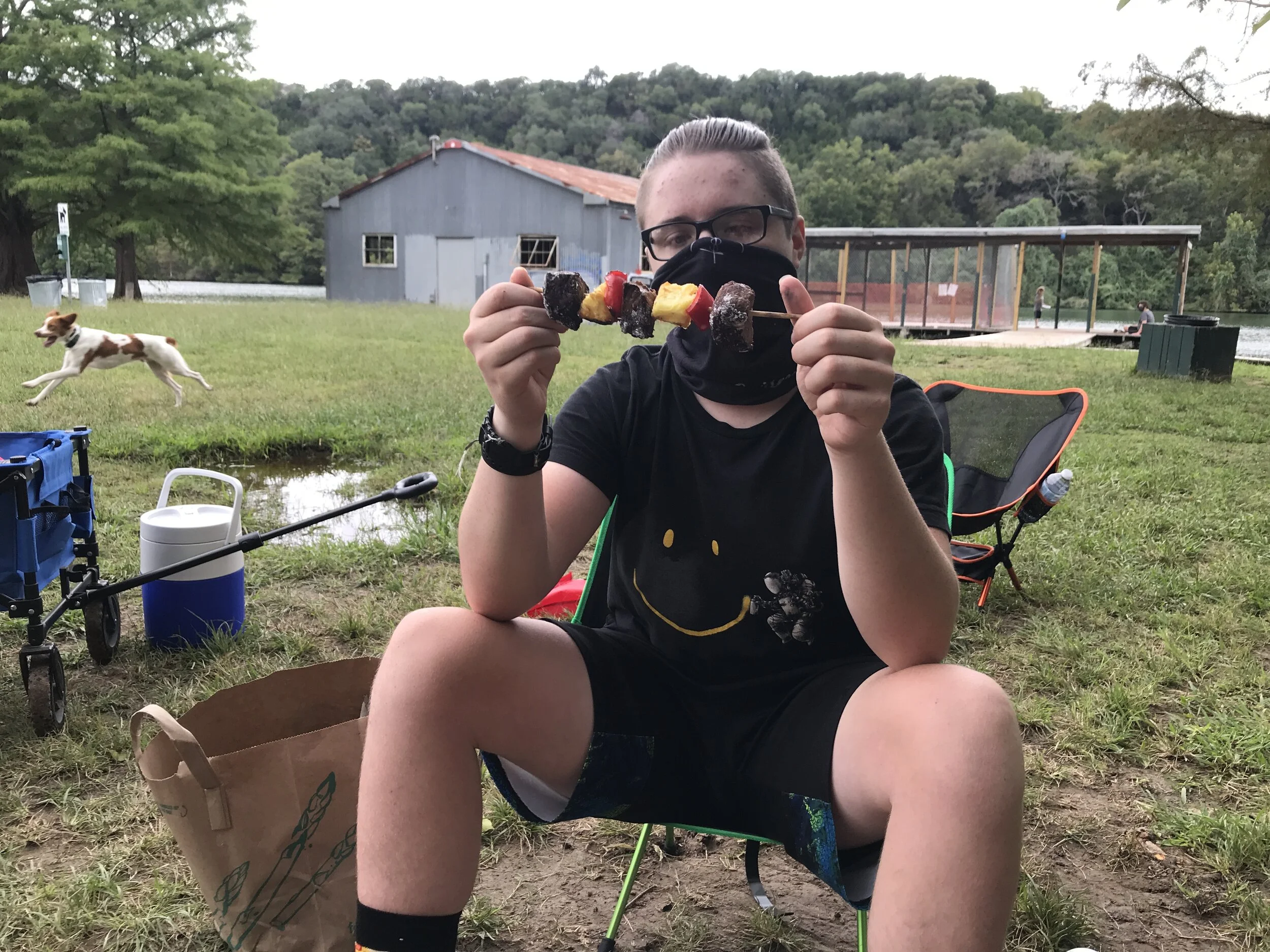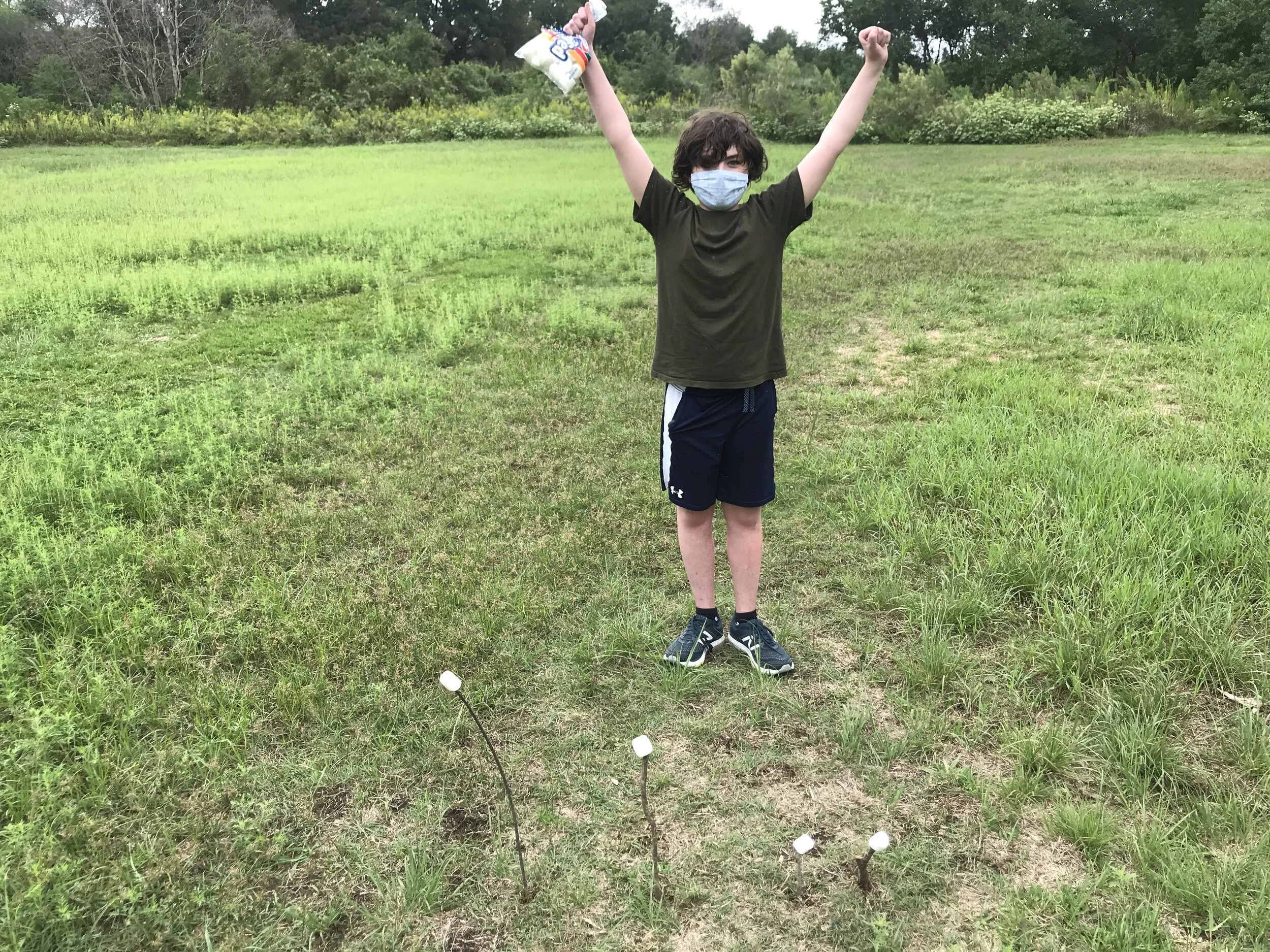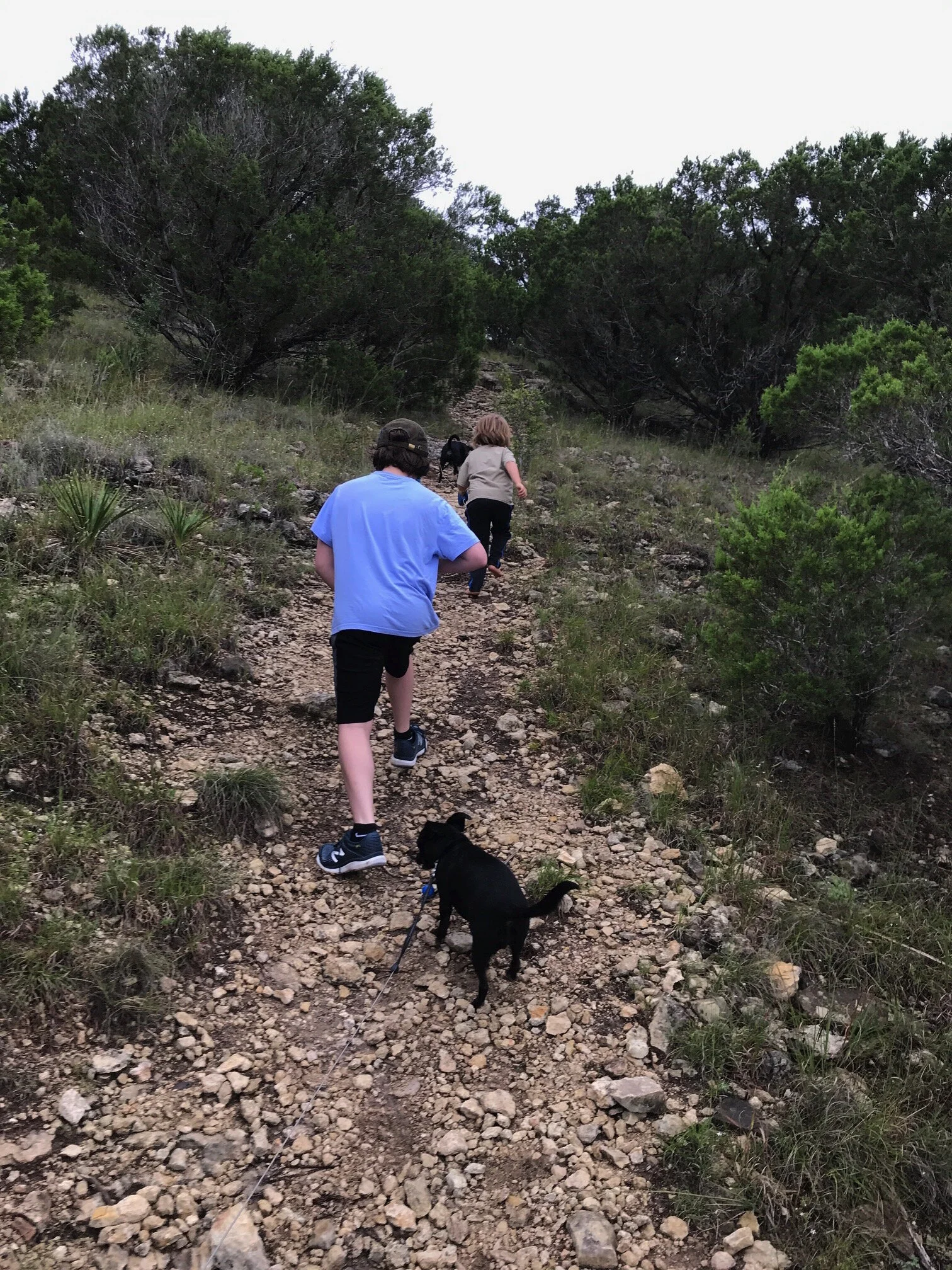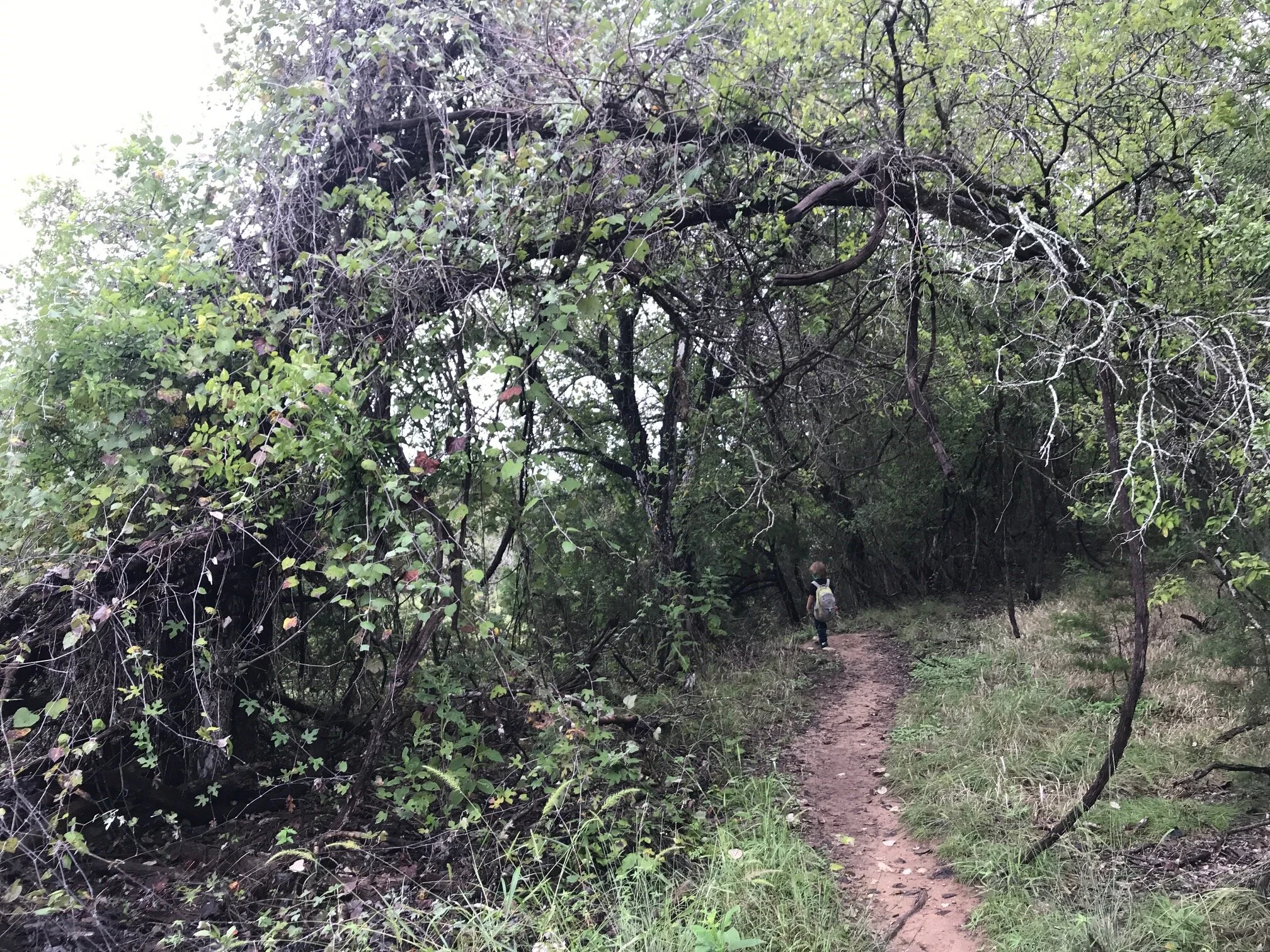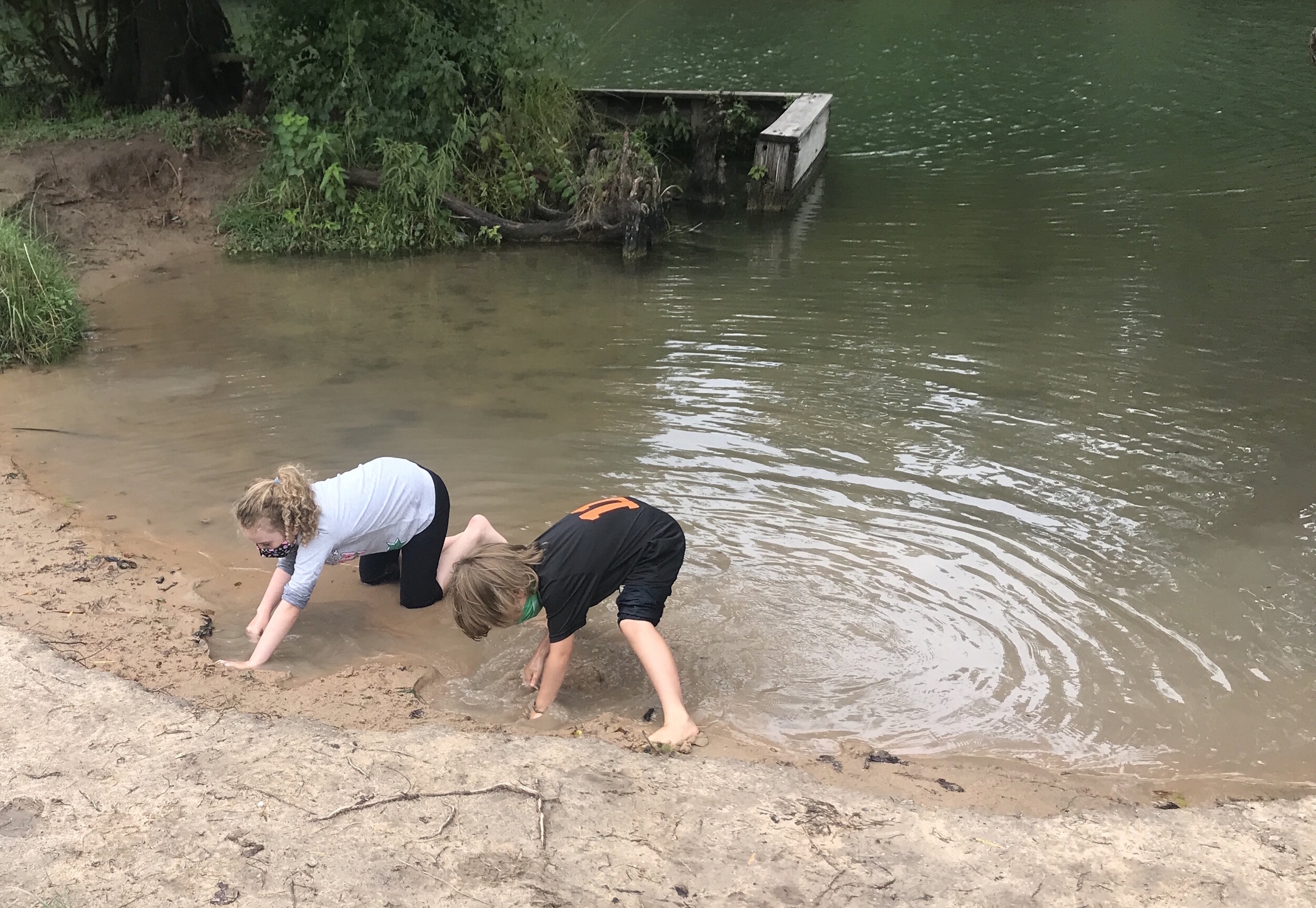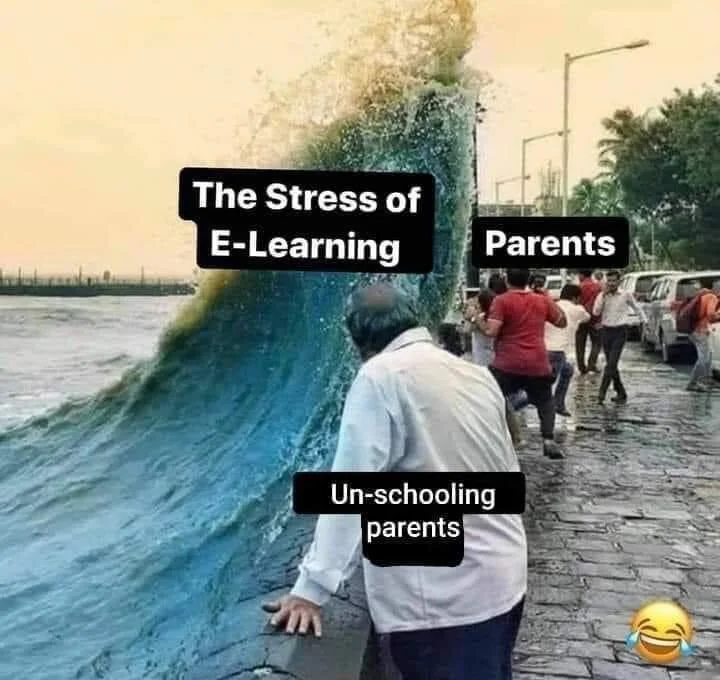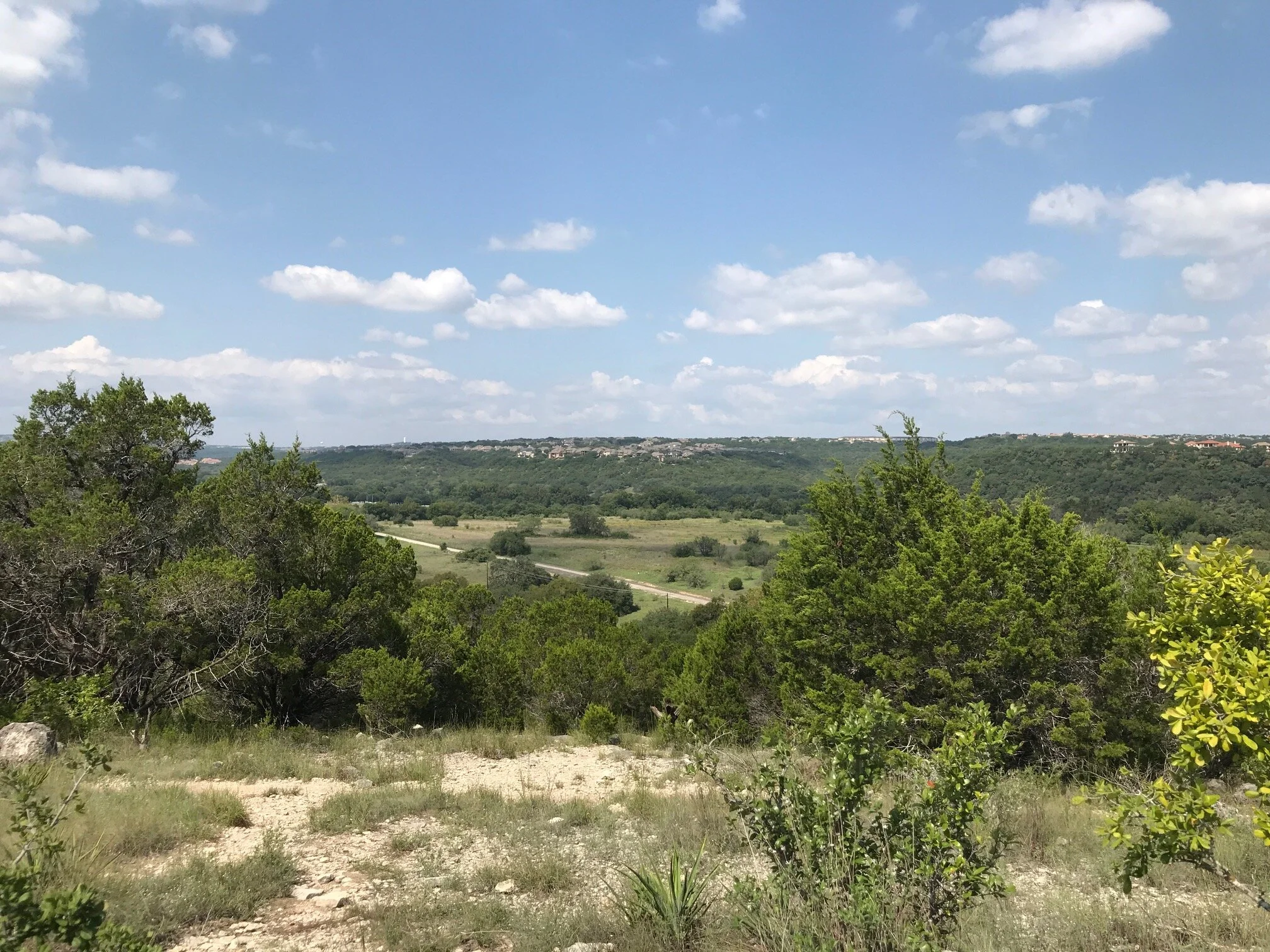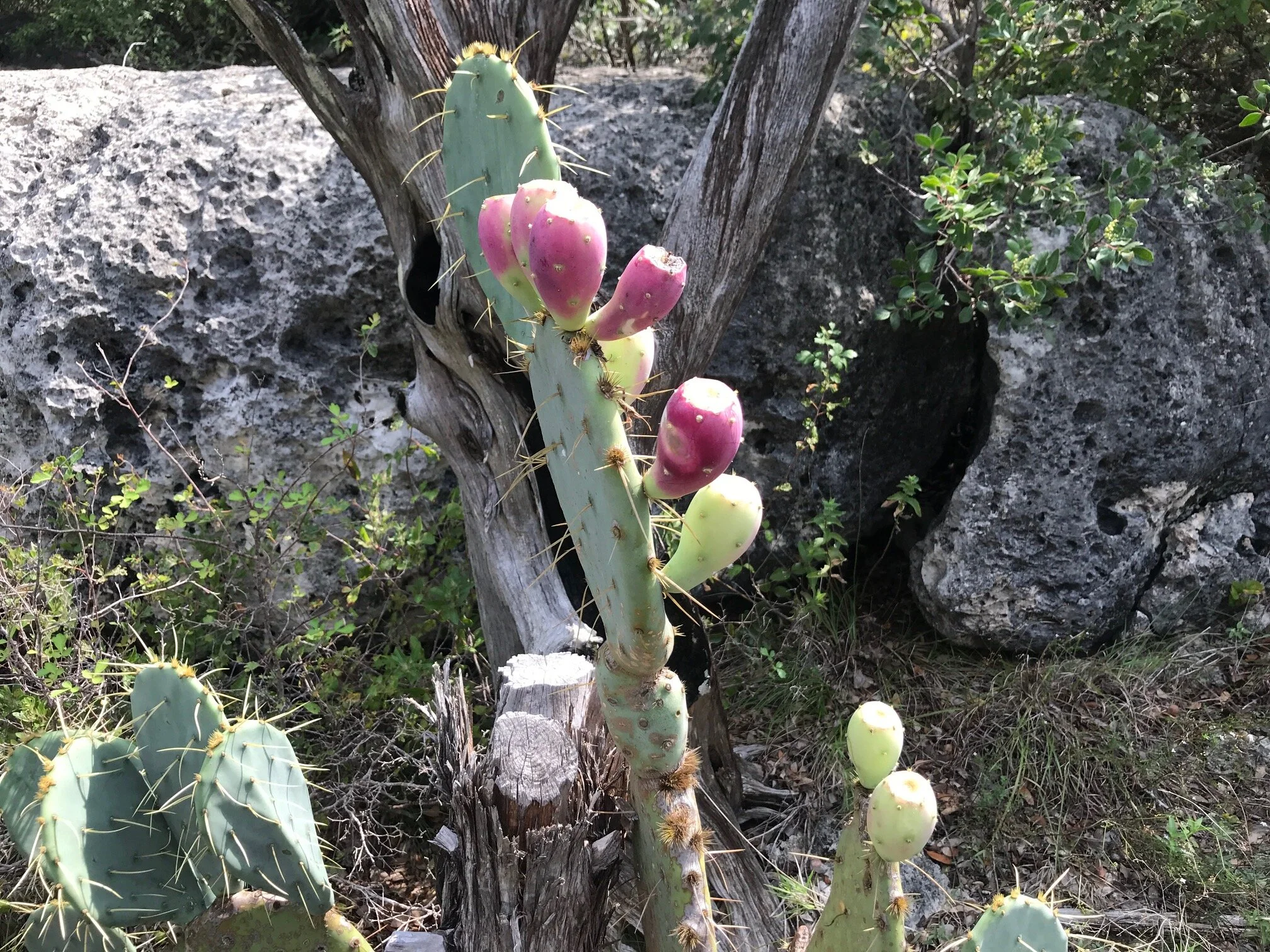Before we reopened for the year we ran a poll to get a better understanding of each family’s approach to the pandemic and their exposure to it. We received responses from all 13 households (Learners and Facilitators) in our community and I am sharing those results with you here.
Q1: Collective beliefs of everyone in your household regarding the pandemic
10 households believe that ‘Covid-19 is a dangerous disease that needs to be taken seriously by society, my community, and our household’
6 households believe that ‘Covid-19 is dangerous and there are people in my household who would be seriously harmed if they contracted the disease’
5 households believe that ‘Covid-19 is dangerous and there are people I interact with who would be seriously harmed if they contracted the disease’
Analysis: We are fortunate that none of the households in our community believe that Covid-19 is a hoax or should not be taken seriously. This may be because our families were drawn to Abrome because of our commitment to centering the needs of those who would be most impacted by the decisions we make. It may also be because only three of the 13 households do not live with or interact with someone who would be seriously harmed if they contracted the disease.
Q2: Mask wearing practices of the people in your household
11 households ‘wear masks whenever we are indoors with people outside of our house or pandemic pod’
10 households ‘wear masks when outdoors only if there are people nearby or passing us on the street’
9 households ‘wear masks whenever we are indoors outside of our house or pandemic pod, even if other people are not around’
7 households ‘wear masks whenever we are near others, even if only for a moment’
2 households ‘wear masks only if we cannot physically distance from others’
2 households ‘don't expect young children to wear masks either indoors or outdoors (except as required at Abrome)’
Analysis: All members of our community wear masks when in public and around others. Given that most Covid-19 infections take place indoors, and almost all recorded super spreader events have taken place indoors, and that masking is one of the best ways that we can protect others, we were pleased to see that the nine of the households wear masks when they are indoors outside of their home or pod, even if others are not around.
Q3: Collective beliefs and practices of your household on interacting with others or going out in public during the pandemic
10 households ‘visit stores and businesses for essential needs only’
8 households ’evaluate other people's level of risk tolerance and make sure it matches ours before we meet up with them’
8 households ‘order groceries and other essentials for delivery’
5 households said ‘everyone in our household has essentially stayed home since March’
5 households ‘have seen people outside of our household or pandemic pod socially, but always outdoors, and at a distance’
4 households ‘visit restaurants for dining, but only outdoors’
3 households ‘have seen people outside of our household or pandemic pod socially, but always outside, at a distance, and with masks on’
2 households ‘visit stores and businesses but not when there are lots of customers’
1 household has ‘seen people outside of our household or pandemic pod socially, but always outdoors, and with masks on’
1 household has ‘seen people outside of our household or pandemic pod socially, indoors, but always at a distance, and with masks on’
1 household ‘has seen people outside of our household or pandemic pod socially, indoors, but always with masks on’
1 household has ‘seen people outside of our household or pandemic pod socially, indoors, without distancing and without masks’
1 household has ‘seen people outside of our household or pandemic pod socially, indoors, but always at a distance, without masks’
1 household ‘visit[s] restaurants for dining, indoors or outdoors’
Analysis: The large majority of the households in our community have beliefs and practices that will not only help protect the members of their households from Covid-19, but are also consistent with a larger effort to combat the disease here in Central Texas. One respondent selected most of the options about seeing people outside of their household or pandemic pod socially, indicating that they have been in a variety of settings over the spring and summer. One family said they had visited restaurants for dining, indoors and outdoors. We do not know the context behind those responses but we highly encourage families to meet outdoors and wear masks when interacting with people outside their household or pandemic pod. We also discourage eating at indoor restaurants, which have been documented as sites of infection.
Q4: Your household's interaction with others during the pandemic
8 households have ‘no one in the household [that] works with others
8 households ‘opted out of summer camps, sports, and other social engagements that involved large groups’
7 households ‘[do] not interact with anyone outside of our household other than brief interactions’
3 households ‘Learner/s have friends or playmates that they spend time with’
3 households said ‘at least one of us is an essential worker’
2 households said ‘at least one of us works indoors with others’
2 households said ‘at least one member of the household attends a school/education program other than Abrome’
1 household ‘has set up or joined a pandemic pod that has committed to not spending time with people outside of the pod’
1 household said ‘some of us occassionally attend parties or meet up with people outside of our household or pod to let loose’
1 household ‘sent our children to summer camp and/or other social events with other children in July or August’
Analysis: We are fortunate that so many Abrome households have the luxury of working remotely during this pandemic, and that over half of our households do not interact with anyone outside their households except for brief interactions. We recognize that not everyone has the privilege to do so, and this greatly reduces the threat of Covid-19 infection within our community. Even better is that members of our community have made hard choices that have benefited the efforts to combat the spread of Covid-19 in Central Texas. For example, eight households opted out of summer camps, sports, and other social engagements that involved large groups, while only one sent their Learner/s to a summer camp or other social event with children over the summer.
Q5: Total number of people living in your household
The minimum number of people living in an Abrome household was one (two of the Facilitators), and the maximum was five. The average number of people living in each household is 3.1.
Q6: Number of people in your household are at risk of severe complication from Covid-19 (e.g., immunocompromised, elderly)
Four households had at least one at-risk person living in their household, with one household having three members. The average number of at-risk people per household is 0.5.
Q7: Number of people in your household who work in settings with other people
While most households do not have anyone in their house who works with other people, three households had one member who does, and one household had two members who do.
Q8: The total number of people household members collectively work with in a work setting (e.g., employees, students).
Most Abrome households do not have anyone who works in a setting with other people, but the average is 2.5 because of three people who work with 7-16 other people. The largest number (16) belongs to a member who works in a non-Abrome education setting.
Q9: Does anyone in your household work in a setting where they interact with large numbers of customers per day (e.g., grocery store, gas station)?
We are very fortunate that no one in our community works in a setting where they are forced to interact with large numbers of customers per day. We also believe that anyone who does work in such a setting should receive full healthcare benefits and should earn substantially more than minimum wage.
Q10: If any members of your household attend a school/education program other than Abrome, how many total students/teachers/staff do they collectively expect to come into contact with each day?
Two Abrome Learners have siblings who attend a school other than Abrome. These two siblings come into contact with seven and twelve people, respectively, each day.
Q11: If your household has joined a pandemic pod how many other households are part of that pod?
Only two Abrome households have joined a pandemic pod. There are three households in one pod, and four households in the other.
Q12: If your household has joined a pandemic pod how many total individuals are in that pod?
The average number of individuals in each pod is only 3.5 people. This is likely due to single people who have no housemates being counted as a household.
Q13: If your household has joined a pandemic pod, are any other households in your pod also members of the Abrome community?
None of the Abrome households that are in a pod have another Abrome household in the same pod.
Q14: Total number of people the members of your household collectively interact with socially (not at work) that are not included in your pandemic pod
Most of the households do not interact socially with others, but the average is pushed up to 2.6 by the five households that do.
Final analysis: Abrome has taken the pandemic very seriously from day one. That is why we extended our spring break to three weeks this past March so that we could better evaluate the trajectory of the pandemic and prepare for the likelihood of supporting our Learners remotely to help protect our families and the Central Texas community. It is why we were the first school in the region to close indefinitely, before the state mandated the same. And it is why we rolled out a reopening plan that placed us in small, physically distant operating cells that are meeting wholly outdoors.
While our plans to limit the potential spread of Covid-19 among Learners and Facilitators is a good one, and by far the safest option of any school that is not entirely remote, that safety can be undone by irresponsible practices by the members of our Abrome community, or by uncontrolled community spread in the Austin area. We asked our families to be “brutally honest” in their responses to this survey, and we greatly appreciate their commitment to doing so.
Based on the responses of each of the Abrome households, we feel that our efforts to keep our community safer is being supported by the members of our community. Each member of our community is taking the pandemic seriously, and the overwhelming majority are engaging in practices that greatly reduce the risk of catching and spreading the disease. We will continue to encourage community members to remember to center the needs of those most at-risk, and we will share information about safer practices each of us can take.
Assuming a cell has the maximum number of Learners (seven) at the current risk stage and one Facilitator, the average total number of people living in those eight households is 25. Coincidentally, 25 is the average number of students in a sixth grade classroom in the local public school district (as of 2019). Each cell’s exposure risk does extend beyond those 25 individuals in the eight households, but given the work profile of our community and their pandemic practices, coupled with our in-person practices at Abrome, it seems that we are able to meet much more safely than any other education community that is meeting in person.
——
Banner image: Felipe Esquivel Reed, Coronavirus COVID-19 virus, CC BY-SA 4.0




